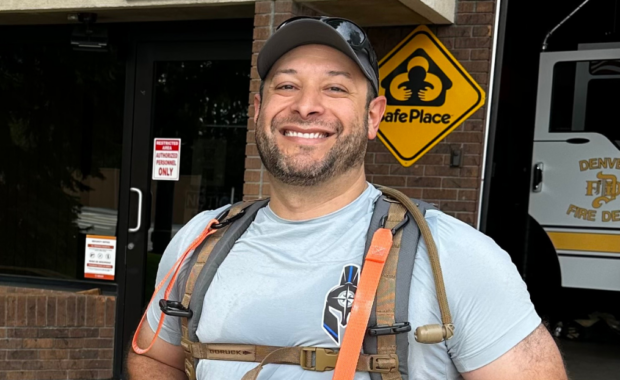PAs Help Close Gaps in Care Through House Calls
Can Spend More Time with Patients in Flexible Practice
October 7, 2019
By Dave Andrews
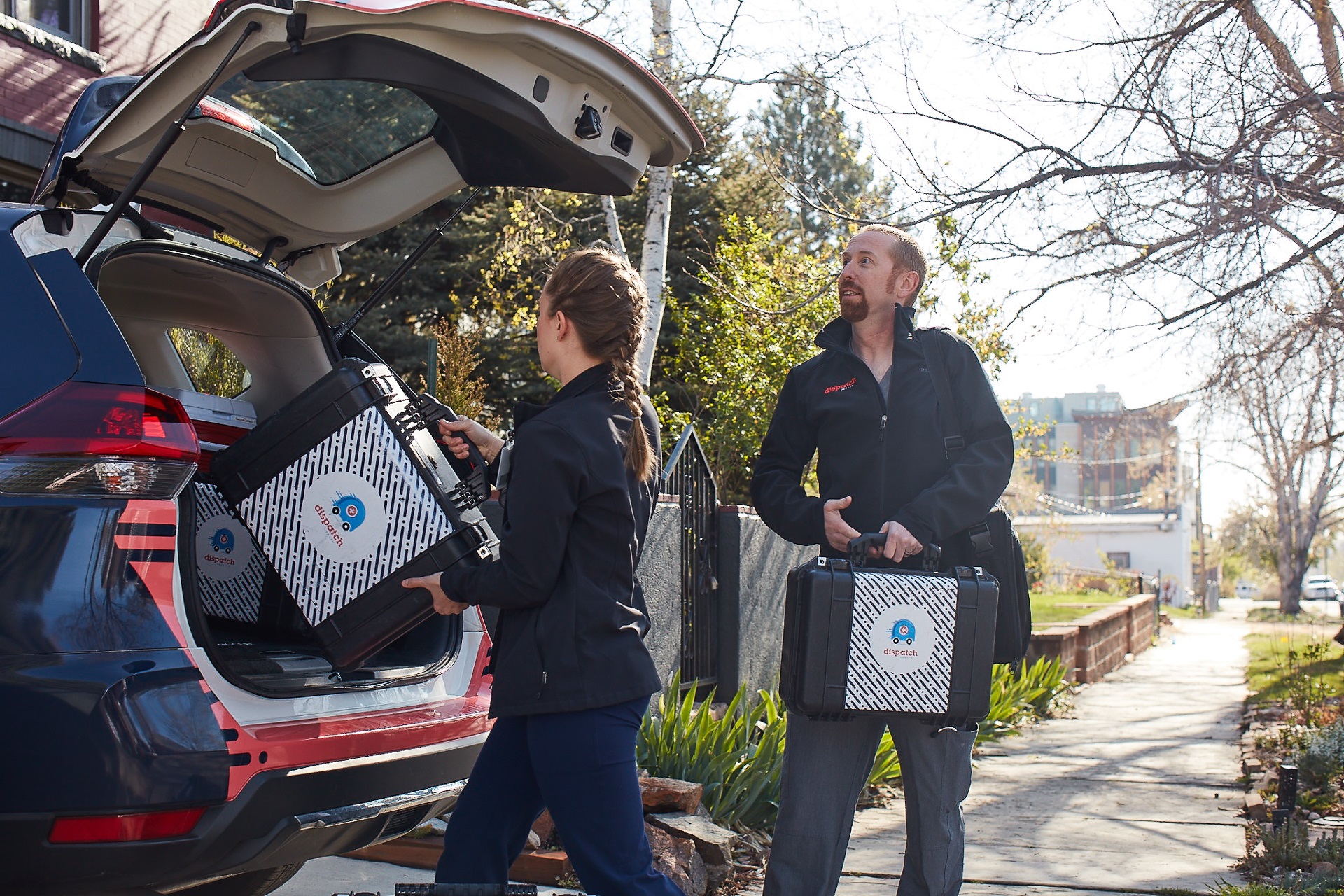
Arriving at her first appointment of the day, Sarah Kaplan, PA-C, parks her car, walks up the front steps and rings the doorbell. Nearly a minute goes by before she hears an elderly woman on the other side of the door ask, “Who is it?”
No, Kaplan is not a door-to-door salesperson. And the elderly woman is not about to hear a sales pitch for window replacements or magazine subscriptions.
As an in-home healthcare provider, Kaplan is among a rapidly growing number of medical professionals who are revitalizing the once-common practice of bringing urgent and primary care services directly into the homes of their patients. The overall goals are not only to reduce overutilization of ERs and 911 systems, but also to improve care quality and enhance patient outcomes.
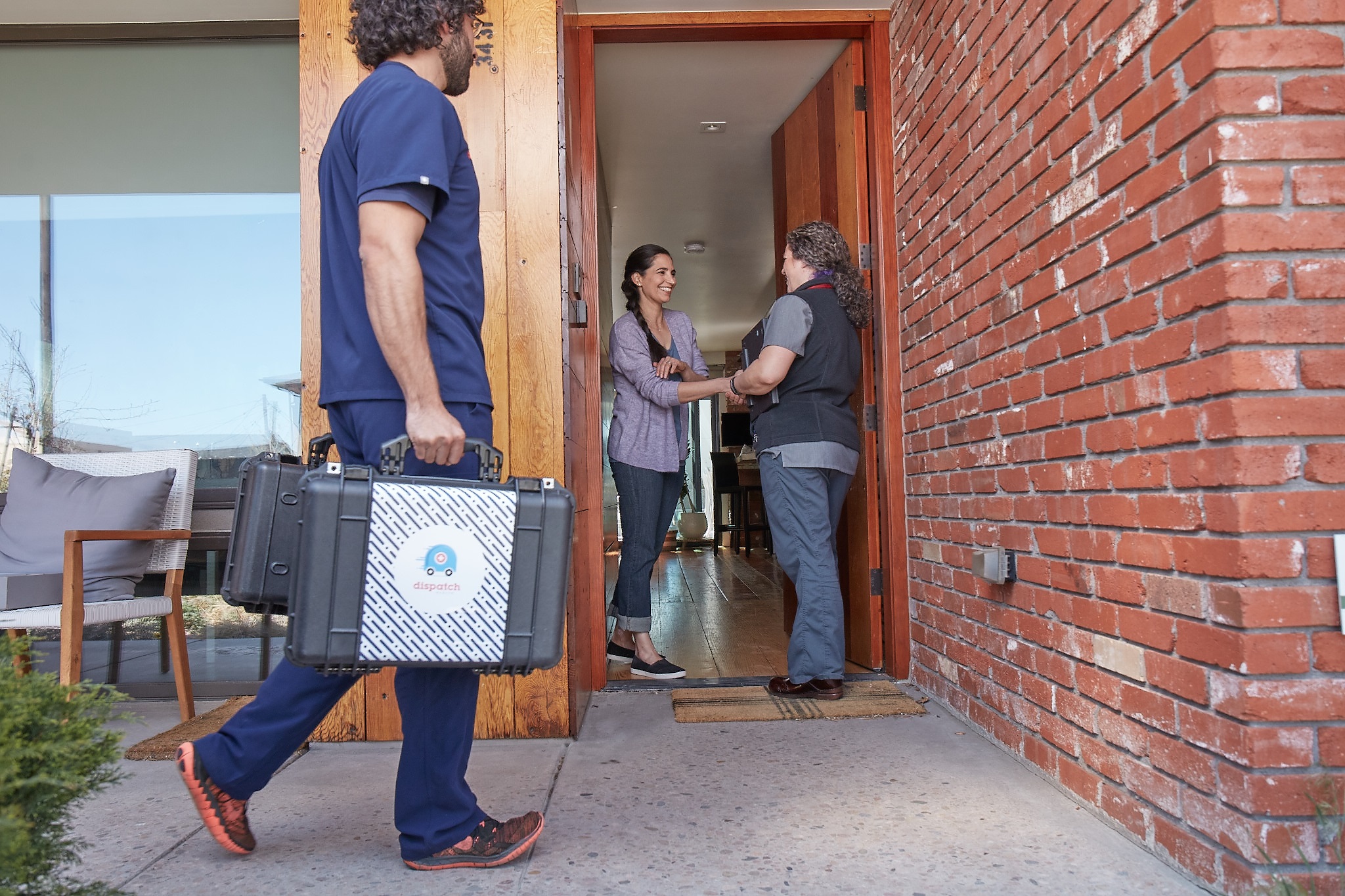
Time difference
The real difference maker is time: Each in-home visit typically lasts between 30 minutes to an hour, better enabling the provider to establish a rapport with the patient and gain a comprehensive assessment of his or her health.
“The experience of having a longer visit with a patient every time you see them is really incredible,” says Kaplan, who primarily worked in a clinic setting for about 12 years before joining Landmark Health, a California-based company that coordinates in-home medical care in multiple service areas across the country.
[A Day in the Life: How PAs Practice]
While most of Kaplan’s visits are for patients with very specific needs, some are just check-ins she refers to as “social visits.”
“One of my regular patients is a gal who is about 100 years old and still in relatively good health,” Kaplan says. “Sometimes we just chat and eat lunch together. Yes, I’ll take her blood pressure and do a medical visit, but it’s an example of the relationships we can build that are deeper and more fulfilling for me as their provider, and I know it makes a big impact on them, too.”
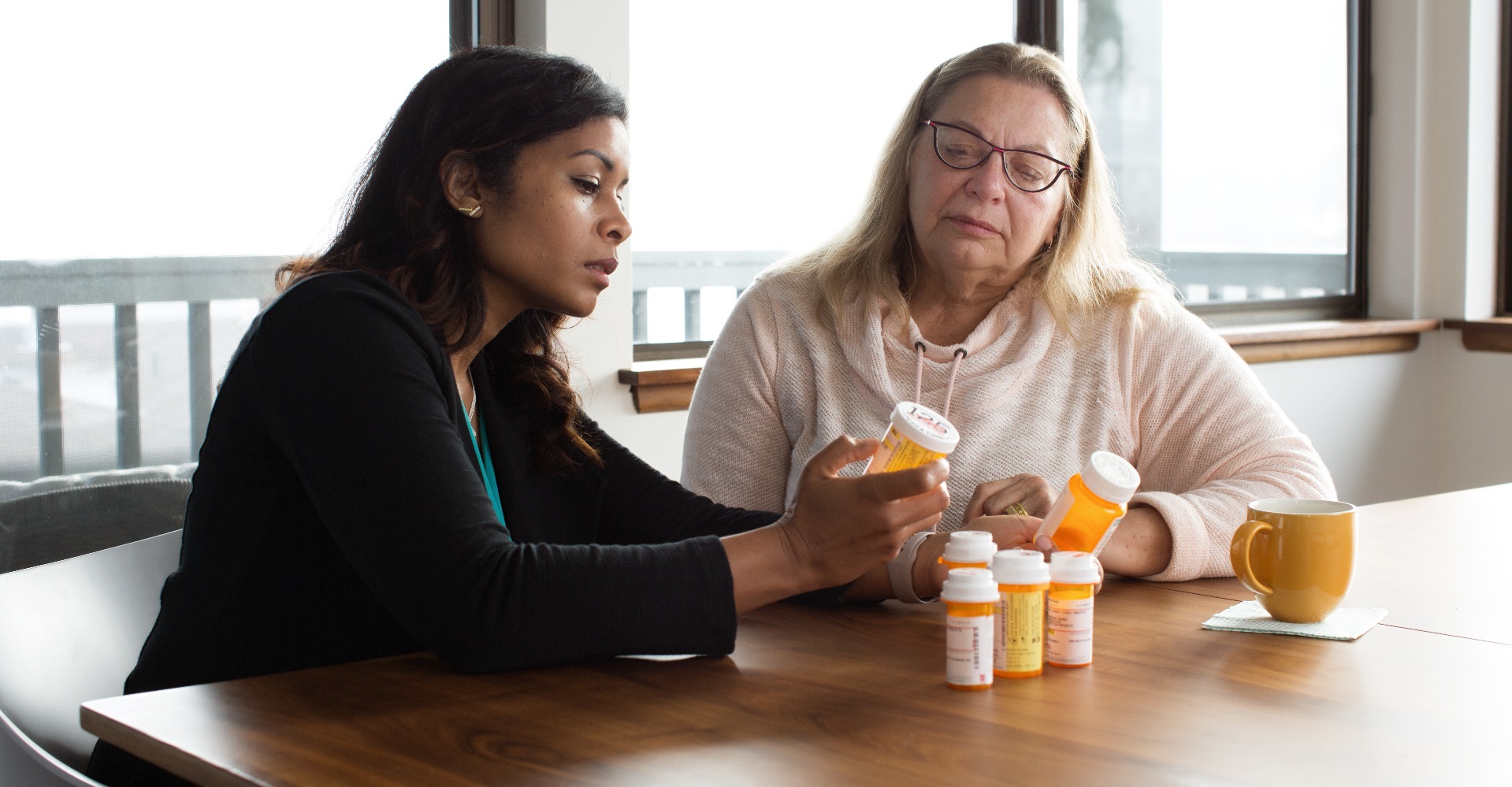
Value of convenience
As Kaplan and countless numbers of her medical colleagues will attest, access to quality care is increasingly problematic. Many of their would-be patients are delaying the care they need or forgoing it altogether—not because of cost concerns, but simply because making the trip is too cumbersome.
“We’d frequently hear patients or their family members tell us how hard it is for them to get to the clinic,” says Andrea Roberts, PA-C, who for 12 years worked in a rural primary care clinic before she started working for Oklahoma-based Physician Housecalls.
While she always enjoyed her work in the clinic setting, Roberts was frequently concerned about her patients for whom the effort to attend clinic visits would be physically taxing. “Exerting that much effort would take a real toll on many of them,” Roberts says. “For some, it’d take two to three days for them to recover from the trip to the clinic.”
[Looking for a Non-Clinical Role? Consider Medical or Clinical Science Liaison]
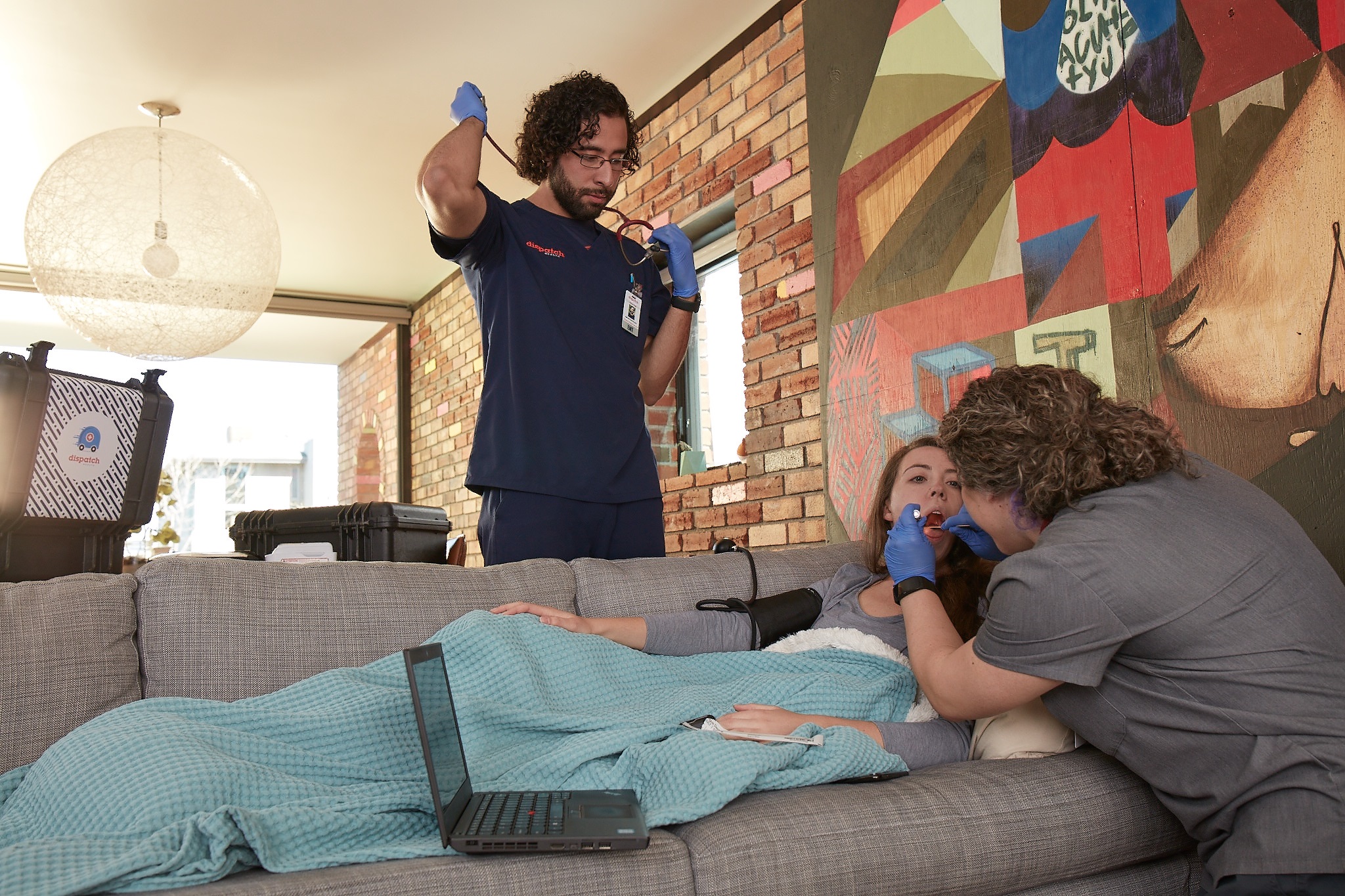
Roberts was also frustrated at times with the limited time allotted for clinic visits, especially when seeing one of her geriatric patients who would typically have multiple chronic illnesses. Addressing everything in under 15 minutes simply isn’t possible, she says.
“But in providing home-based primary care, I often spend 30 minutes or more with each patient,” Roberts says. “That’s the beauty of delivering in-home care and having that extra time to be more thorough and develop higher levels of trust.”
Roberts affirms the in-home care delivery model is beneficial for both the patient and the provider. Not only is the patient more at ease when in their own home, but the provider has the opportunity to observe first-hand the conditions of the home and the the types of resources the patient has—or doesn’t have—available.
Both Roberts and Kaplan say the added flexibility of being outside of a typical clinic or hospital setting is a huge plus. Each sees an average of seven or eight patients during a typical 10-hour shift, and often still has time to spare for personal errands between visits. And aside from having to adjust to team huddles over the phone, the transition to delivering home-based primary care has been seamless.
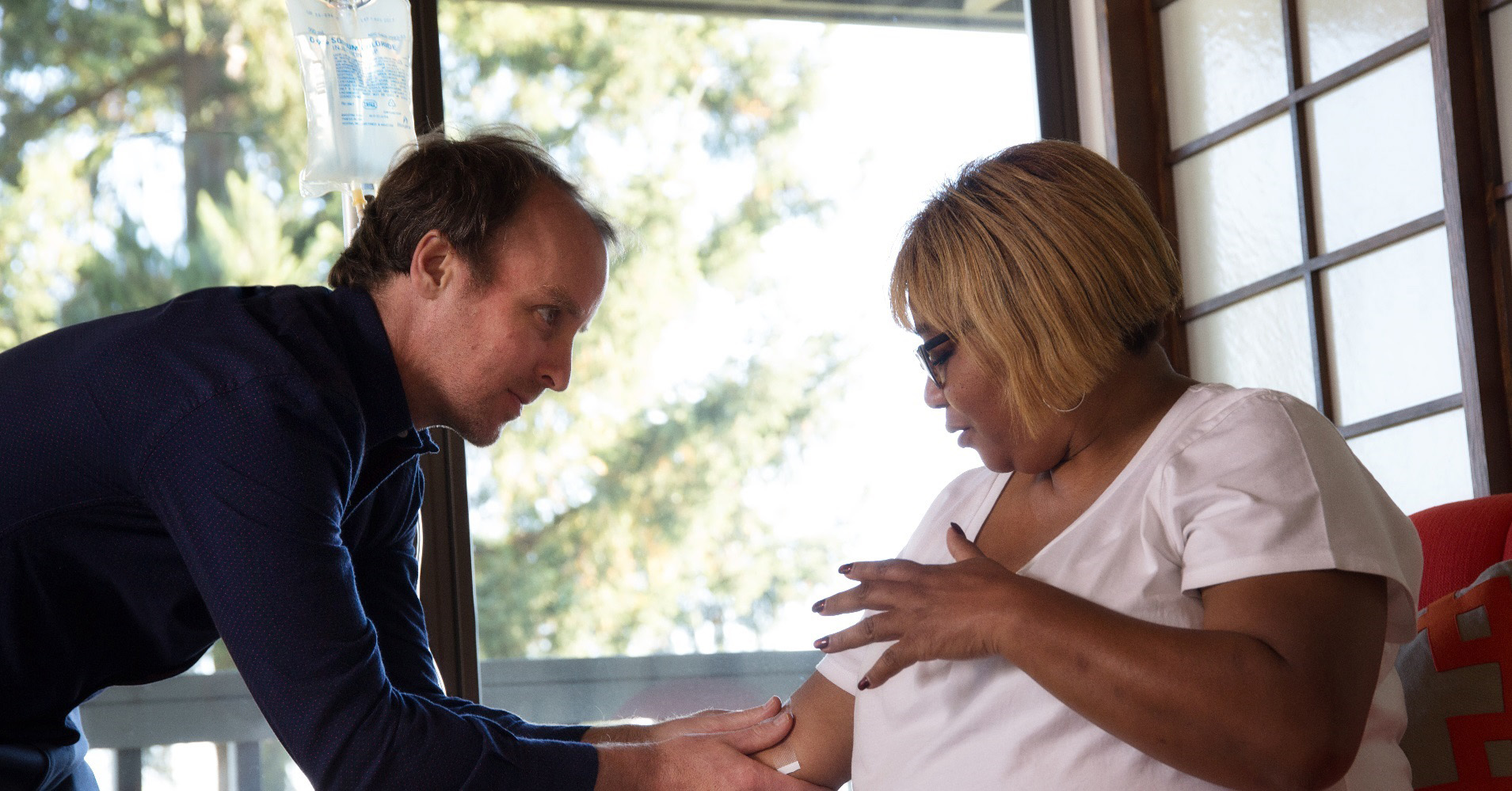
Trend-supporting numbers
So far, performance scores and case results indicate the house call model is working. This comes as no surprise to Kevin Riddleberger, MBA, MS, PA-C. After several years of providing care in a hospital setting and continually seeing gaps in care delivery that could have been avoided, he decided to do something about it.
Riddleberger went back to school to earn an MBA with a focus on healthcare administration. Then in 2013, he and one of his physician colleagues ultimately co-founded the in-home urgent care service provider DispatchHealth. The company currently serves 15 markets, and demand has been so strong that Riddleberger plans to expand services into an additional 10 markets by the end of 2020.
[This PA Telemedicine Director Thinks You Should Explore a Career in Virtual Medicine]
“There’s significant momentum for more care being provided outside the typical brick-and-mortar setting and a big push for care in the home to help drive down unnecessary trips to the ER,” Riddleberger says. “Our partnerships throughout the country keep growing along with the interest from additional health systems and insurance companies, who recognize the value of this model and how it can truly help them bend the cost curve.”
In 2018, DispatchHealth reported approximately 32,000 in-home acute care patient visits. Riddleberger estimates those visits saved the healthcare industry a total of more than $70 million in costs associated with unnecessary ER visits, 911 transports and hospitalizations. And thus far in 2019, the company is on pace to nearly triple those numbers.
“The value of in-home care delivery isn’t just to the payers and health systems, but also to the patients [who] are seeing better outcomes,” Riddleberger says. “It’s why many of us initially got into medicine and why all of our providers love what we do, which is provide much more holistic care directly to the patient, but now in the comfort of the patient’s home and not the clinic or ER setting.”
More Resources
PAs in Healthcare Industry
Society of PAs in Family Medicine
Dave Andrews is a freelance writer and public relations professional based in Northern Virginia. Contact him at [email protected].
Thank you for reading AAPA’s News Central
You have 2 articles left this month. Create a free account to read more stories, or become a member for more access to exclusive benefits! Already have an account? Log in.
